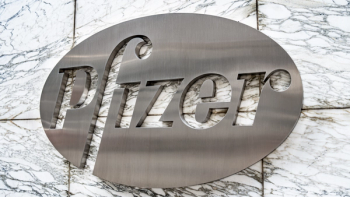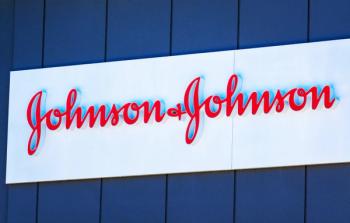
Reverse Merger Offers Vyome Cost Effective Route to Go Public
Shiladitya Sengupta, founder, Vyome Therapeutics, explains how the company leveraged a reverse merger with ReShape Lifesciences to streamline its path to going public while minimizing costs and complexity.
In a recent interview with Pharmaceutical Executive, Shiladitya Sengupta, founder of Vyome Therapeutics, discussed the company’s strategic decision to go public through a reverse merger with Reshape Life Sciences, its approach to engaging US investors despite its strong Indian biotech roots, and its focus on developing innovative therapies for immuno-inflammatory diseases. Sengupta detailed how the company is leveraging deep networks in India, repositioning existing drugs to address unmet medical needs, and advancing a robust pipeline of treatments aimed at transforming patient care, while also exploring broader opportunities in med tech and AI.
Pharmaceutical Executive: What led Vyome to pursue a reverse merger with ReShape Lifesciences rather than a traditional IPO?
Shiladitya Sengupta: We wanted to go public, and we felt this was a more efficient and cost-effective way to do so. It required finding a clean shell with no baggage, which took some time. ReShape ultimately fit that requirement. Yes, we had to build up the Vyome brand afterward, but in my mind, it was a simpler and more efficient route.
We also had investors ready to come on board, so there was no pressure to follow the traditional IPO path. That’s the main reason we chose a reverse merger.
Full Interview Summary: The company opted for a reverse merger with Reshape Life Sciences rather than a traditional IPO as a more efficient, cost-effective way to go public. The availability of a clean shell without any liabilities made the process attractive, allowing the company to focus on building its brand, Biome, while leveraging a ready pool of investors without the pressure of a conventional IPO route.
Communicating to U.S. investors about the company’s Indian biotech connections will emphasize its status as a U.S.-registered company with an Indian subsidiary. The leadership brings deep local knowledge, regulatory experience, and extensive networks across biotech, pharmaceutical, med tech, AI, and healthcare sectors in India. This includes co-founders with government and industry leadership roles and access to patient populations and medical data, which the company plans to leverage gradually to capture untapped opportunities. The approach is long-term, focused on steady growth rather than short-term gains.
The company’s lead programs focus on immuno-inflammatory diseases. Its primary asset is nearing the completion of a Phase II trial for malignant fungating wounds, a severe condition affecting 10% of advanced cancer patients with no currently approved therapies in the U.S. The development strategy emphasizes repositioning drugs with proven mechanisms in other indications to reduce risk and cost while targeting unmet medical needs. A preclinical program for uveitis is underway, developing a topical eye-drop formulation to replace systemic immunosuppressive therapy, reducing side effects and improving patient outcomes.
Over the next 12–18 months, milestones include initiating pivotal trials for malignant fungating wounds, pursuing geographic development of a Phase III-ready acne asset in Asia, and filing an IND for additional pipeline programs. The company also aims to expand strategically into med tech and AI through partnerships, reflecting its broader vision of leveraging its Indian network and technology access to build a multi-faceted, high-value healthcare platform.
Newsletter
Lead with insight with the Pharmaceutical Executive newsletter, featuring strategic analysis, leadership trends, and market intelligence for biopharma decision-makers.




